Create a Pollinator Garden in Your Home or Apartment: Planting a Butterfly Garden or Bee Garden with Kids

Creating your very own pollinator garden is a fun and easy activity that teaches kids the importance of bees and butterflies to every aspect of our ecosystem. Don't have a green thumb, or even a backyard? No problem. We’ve got tons of easy solutions to get started on a simple at-home bee garden or butterfly garden for your backyard or a window box. And planting and caring for a pollinator garden isn't just for adults; it’s a perfect family activity suitable for kids of all ages.
Once you’ve planted a bee garden or butterfly garden, you can watch these creatures up close as they drink nectar and fly from flower to flower. But don’t stop there—get crafty and create some homemade wind chimes out of recycled materials to decorate your new pollinator garden.
Check out more green activities for kids as part of our Earth Kids Guide to Green Activities for the Planet.
OUR LATEST VIDEOS
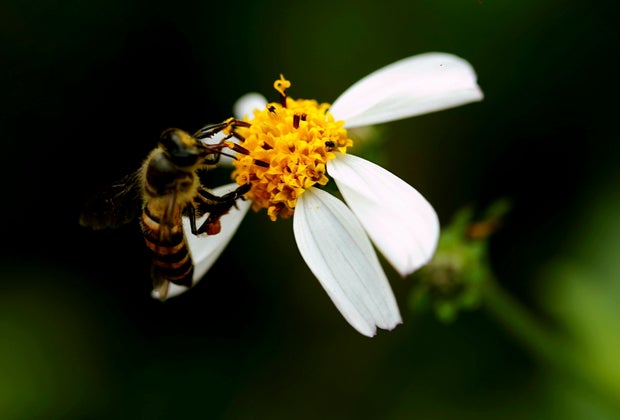
Get the bees buzzing over your new pollinator garden. Photo by Hiếu Hoàng, Pexels
What is a Pollinator Garden?
What's in a name? We know ... the name "pollinator garden" itself sounds a bit daunting, but it’s really just describing the uniqueness that sets this garden apart from a vegetable or flower garden. Think of a pollinator garden as one that is designed to attract and feed the pollinators, such as bees, butterflies, and some birds (such as hummingbirds). These flying friends drink the nectar of the plants and flowers and spread pollen to further support the growth of the surrounding environment.
Pollinator gardens are a somewhat new idea. While birds and bees have been around for millions of years, the term "pollinator garden" has come into this world recently due to the decline of certain species of pollinators, specifically bees. Many gardens have always included butterfly bushes or flowers perfect for pollination, but this recent concern regarding the endangerment of bees has led to the creation of specific plots of native flowers planted to attract and help support these insects and birds.
Related: Backyard Gardening with Kids
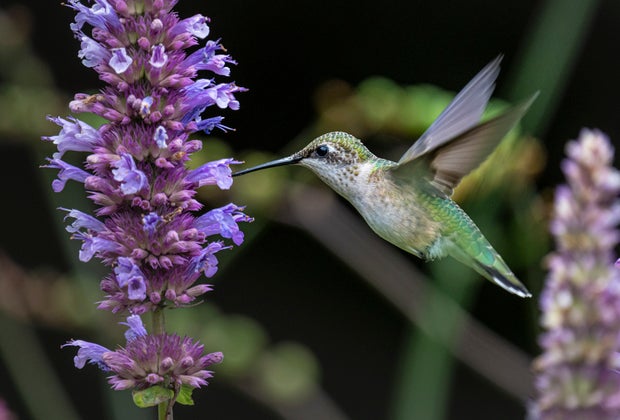
Attract pretty pollinators like hummingbirds. Photo by Skyler Ewing, Pexels
Why Plant a Pollinator Garden?
Besides the natural beauty of the plants and the endless hours of insect and bird observations, planting a pollinator garden has many benefits to spread around. The pollination by bees and other pollinators helps to ensure continued crop growth for local vegetables and fruits. Bees are also responsible for the growth and reproduction of flowering plants—essential for multiple species’ life cycles.
Some bees face threats of a declining population and eventual extinction due to many factors such as loss of habitat, toxic pesticides, and diseases. According to the National Wildlife Federation, however, it's not the honey bees that are at risk of extinction; it’s the native bees (particularly bumblebees) that face the largest risk.
So what can humans do to help and not hinder the continued reproduction of North America’s native bees? We can plant a pollinator garden, specifically using native plants. Native flowering plants differ from exotic plants in that they are part of the natural land of a region. Exotic plants have been imported from different areas around the globe.
For more information on native plants and region-specific guidance, check out the National Audubon Society.
Related: 25+ Tips for Living More Sustainably Every Day
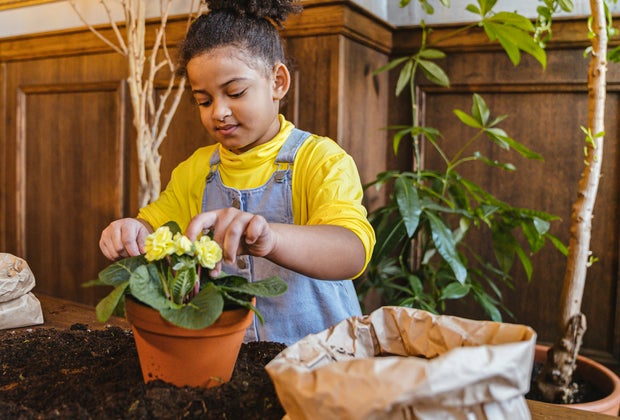
Planting a pollinator garden is easy and fun for kids. Photo by Antoni Shkraba, Pexels
Creating a Pollinator Garden in an Apartment or Small Space
Now for the fun part—planting your own pollinator garden! The whole family can be involved, and digging in the dirt can be an exciting sensory activity for younger children. All you need to start a small indoor pollinator garden are some seed trays, seeds, and potting soil. After choosing your native flowering seeds and/or herbs, make sure to put them in a location with plenty of sunshine such as a window or balcony, and water them accordingly.
If you have access to a local community garden plot, you can look forward to transplanting the seeds in the springtime for full outdoor access for the local pollinators like bees, butterflies, beetles, and moths. If not, try using a window box or container (after making sure it’s approved by your apartment complex, if needed). The care of your window pollinator garden can be a terrific chore for a toddler. Watch their independent skills thrive as they fill up a small watering can and observe the pollinators flocking to your homemade garden.
Related: 20 Vegetarian Recipes Your Picky Kids Will Love
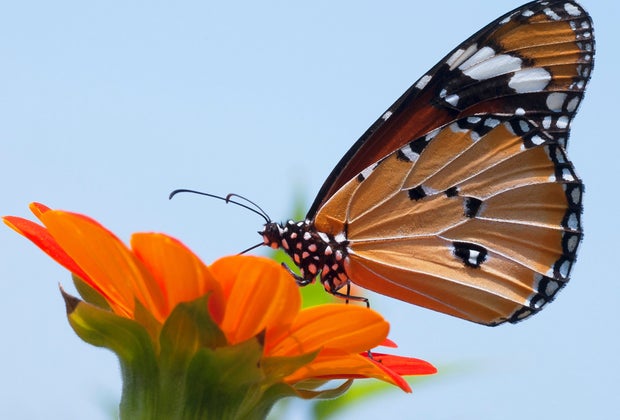
A backyard butterfly garden is pretty and useful! Photo by Debadutta, Pexels
Planting a Backyard Butterfly Garden
If you have a bit more space that includes a backyard, then a butterfly garden might be right up your alley. These exquisite insects are essential for pollination and the life cycle of a plant. Butterflies are attracted to all kinds of colorful flowers including coneflowers, black-eyed Susans, and butterfly bushes. If you're hoping to attract the orange-and-black monarch butterflies, try planting some milkweed plants in your butterfly garden. These will be beneficial for both your garden and the hungry butterflies.
Make sure not to use any pesticides in your garden to avoid harming both pollinators and plants. Keep a water source available, such as a watering can or a garden hose. This can be a great job for the kids. The ideas for activities related to a backyard butterfly garden are endless: set up an easel and host a neighborhood paint party with a few friends, encourage a teenager to take up photography by taking close-ups of the butterflies, or keep a tally of how many butterflies land in the garden in a set amount of time.
Related: Growing Celery and 10 Other Kitchen Scraps You Can Plant

Flowers with cone-like centers are perfect for a pollinator garden. Photo by Mike, courtesy of Pexels
Planting a Beautiful Bee Garden
The great news is that a butterfly garden and a bee garden can overlap in many ways. Bees are also attracted to flat-shaped flowers with cone-like centers, such as coneflowers and black-eyed Susans. They also swarm towards bee balm, which is native to North America. Like a butterfly garden, you'll want to make sure you have a good water supply handy and plant the colorful flowers in an area that gets plenty of sunshine.
Remember, don't be surprised if you attract both types of insects—bees, butterflies, (and more!)—when you plant your pollinator garden. If you're feeling really confident with your gardening skills and have a little extra room in the backyard, consider starting a small compost. This will be an engaging and educational activity for the kids and will supply fertile soil to your newly planted pollinator garden!
Related: 12 Recycled Crafts for Kids
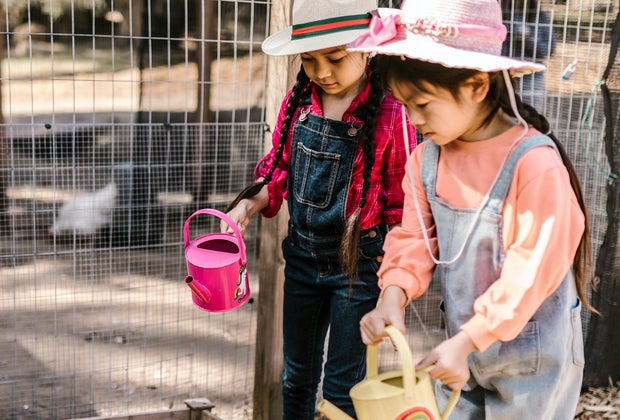
Kids will learn responsibility by caring for a pollinator garden. Photo by RODNAE Productions, Pexels
Best Flowers and Herbs to Plant in a Pollinator Garden
Here are a few of our recommendations for flower and herb choices when planting your pollinator garden.
- Bee Balm
- Butterfly Bush
- Coneflower
- Zinnia
- Black-eyed Susan
- Aster
- Lavender
- Mint
- Oregano
- Chives
















































